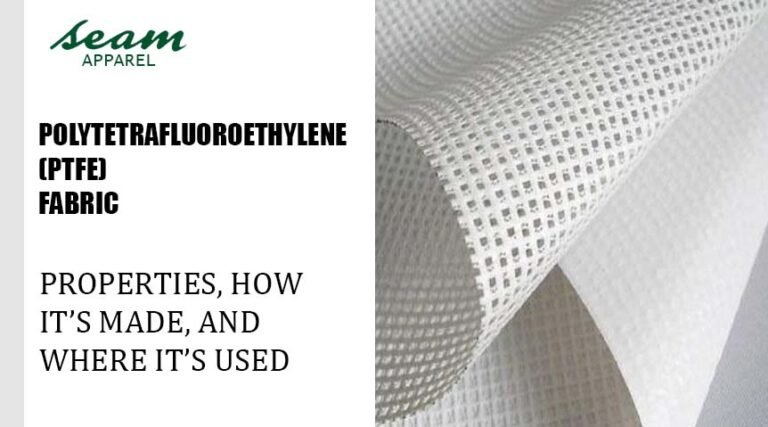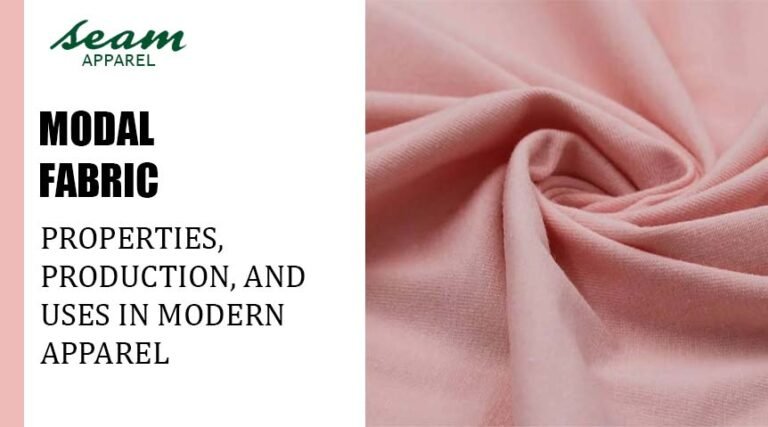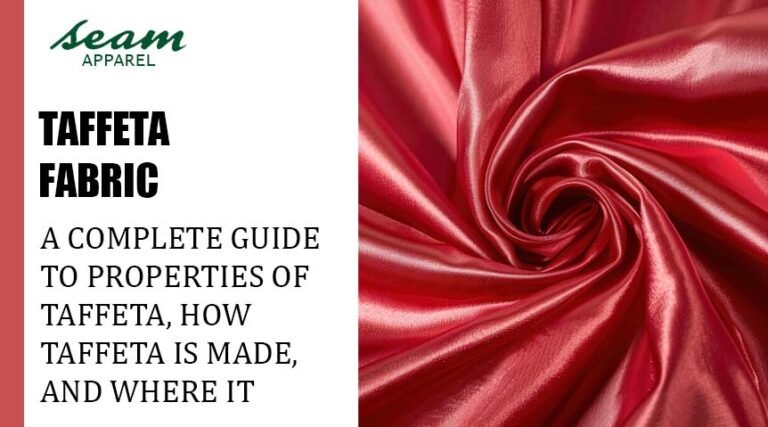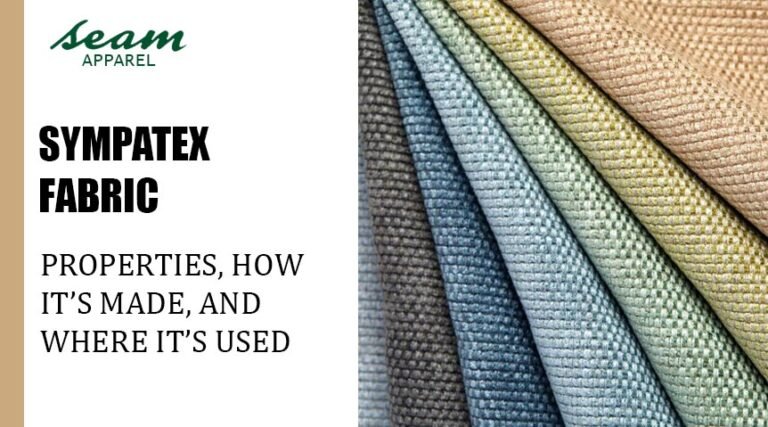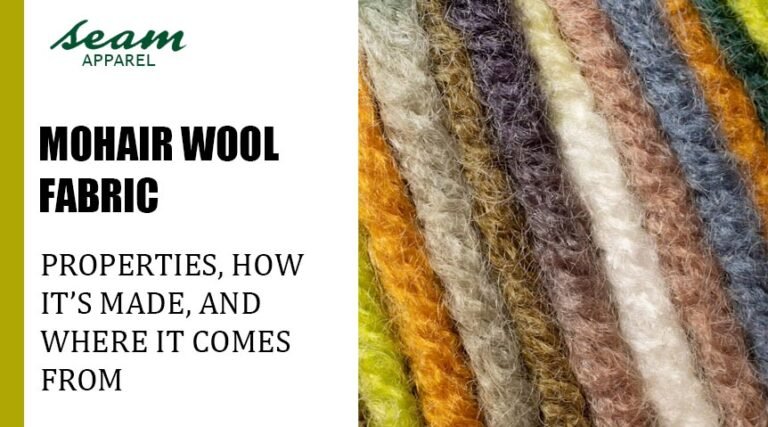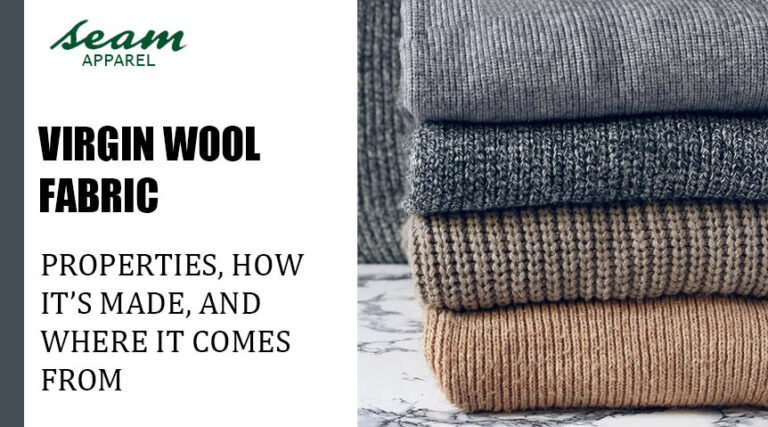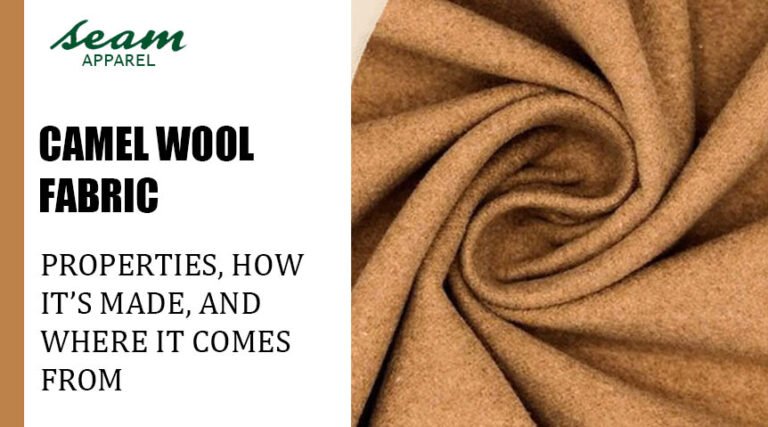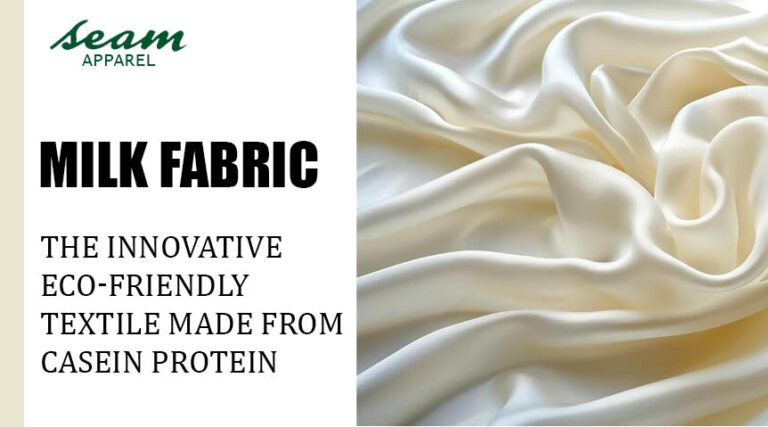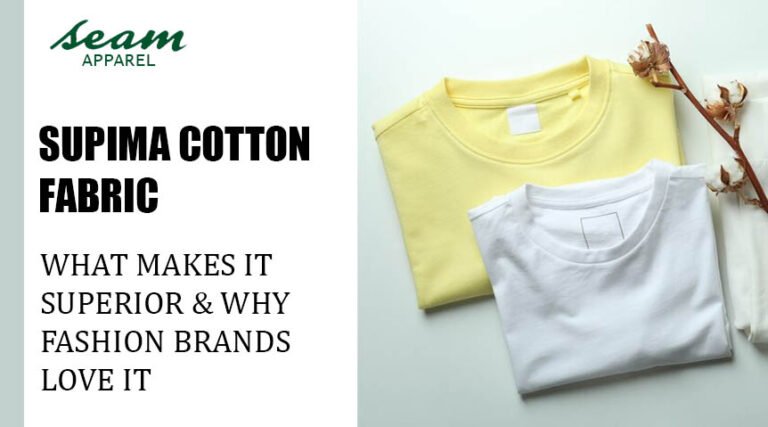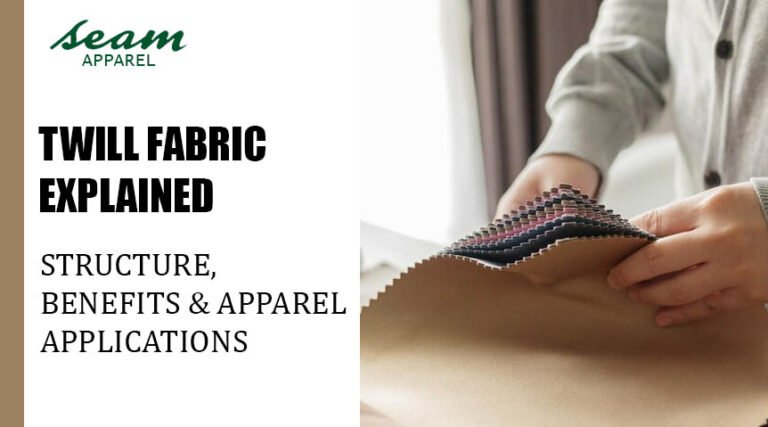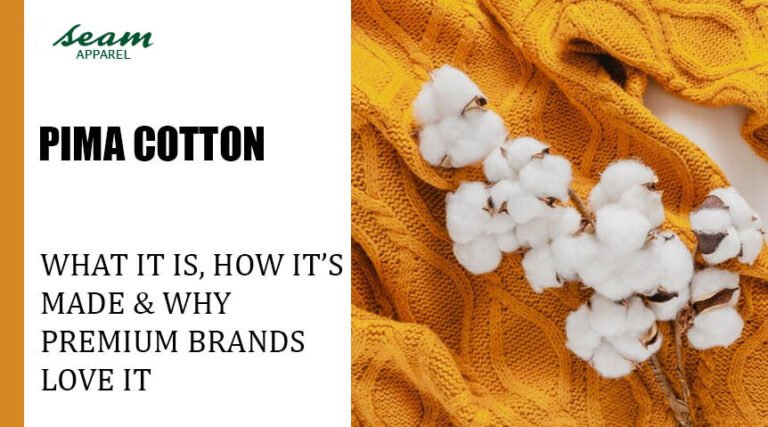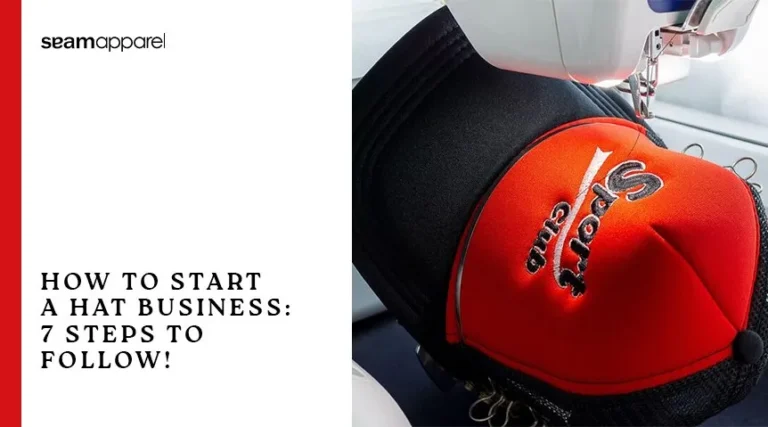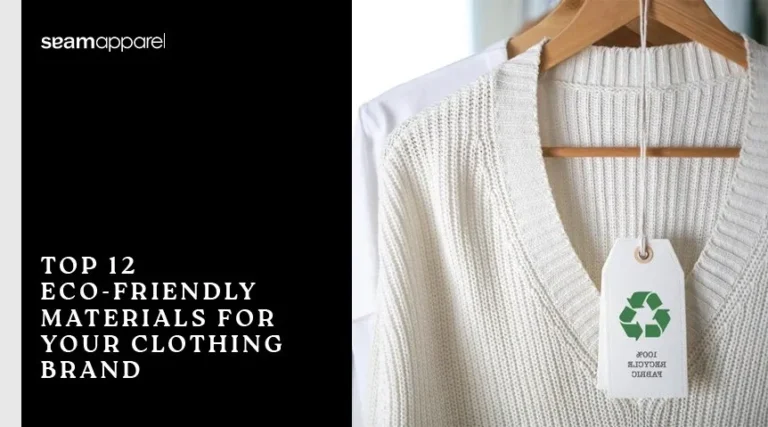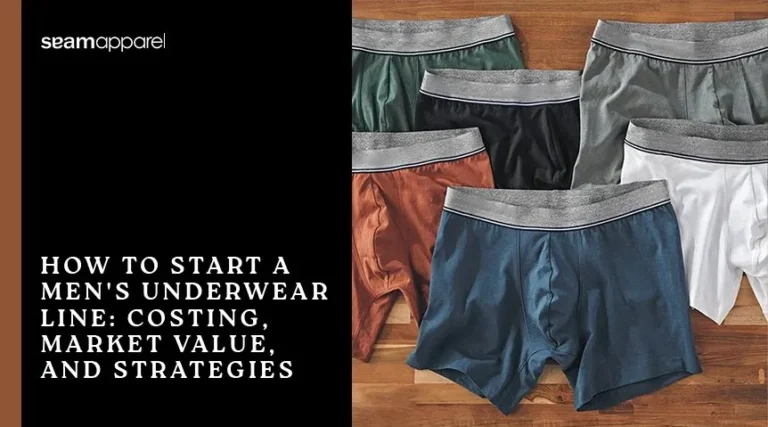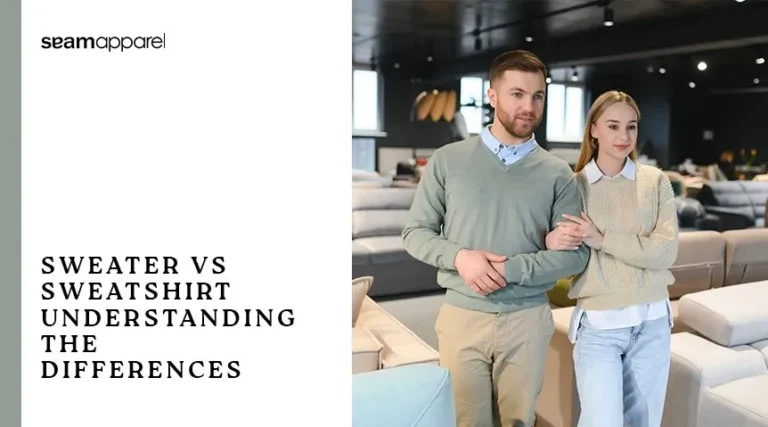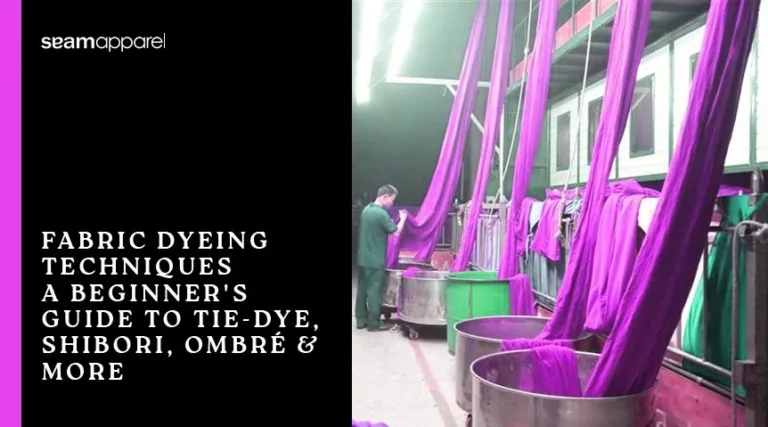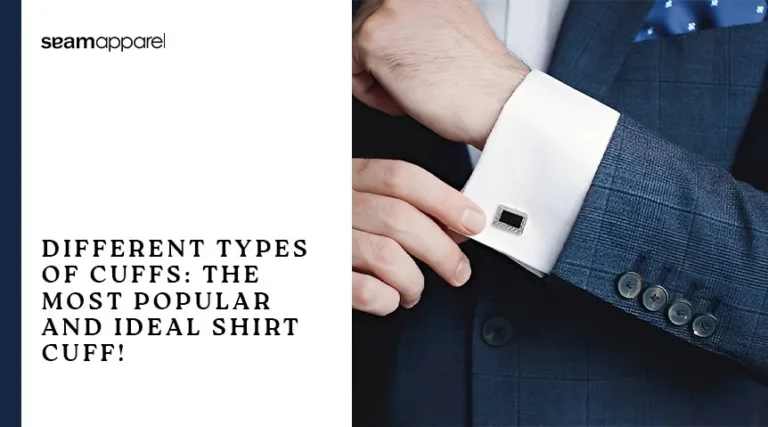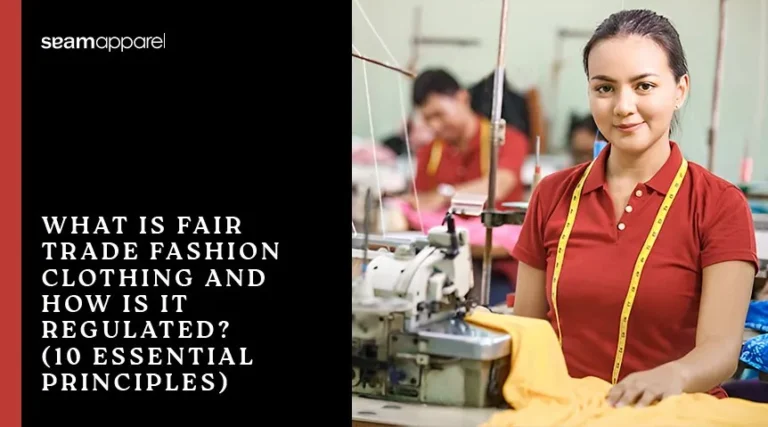Polytetrafluoroethylene fabric, commonly known as PTFE fabric, is one of...
Modal fabric has quickly become a preferred choice for brands...
When you ask, “What is taffeta fabric?” You’re asking about...
In the world of sustainable performance wear, Sympatex fabric stands...
Mohair wool is one of the most luxurious and sought-after...
Are you looking for luxury and premium wool for your...
Camel wool fabric, also known as camel hair, is one...
As sustainability takes center stage in the U.S. fashion industry,...
In 2025, extra-long staple cotton, the category that includes Supima,...
The U.S. apparel market is currently valued at over $365.7...
The demand for scuba fabric is rising as apparel brands...
Pima cotton is often described as the “cashmere of cotton,”...
Have you been thinking, why not turn your love of...
Eco-friendly materials for clothing are in high demand from environmentally...
How recently have you taken the time to carefully examine...
Are you thinking about how to start a men’s underwear...
The debate between “Sweater vs Sweatshirt” has been ongoing for...
You have a beloved vintage shirt or skirt with a...
You undoubtedly want to learn about the various types of...
Although you’ve undoubtedly seen the term “fair trade” in stores...
You have a brilliant idea for an upcoming must-have item...
